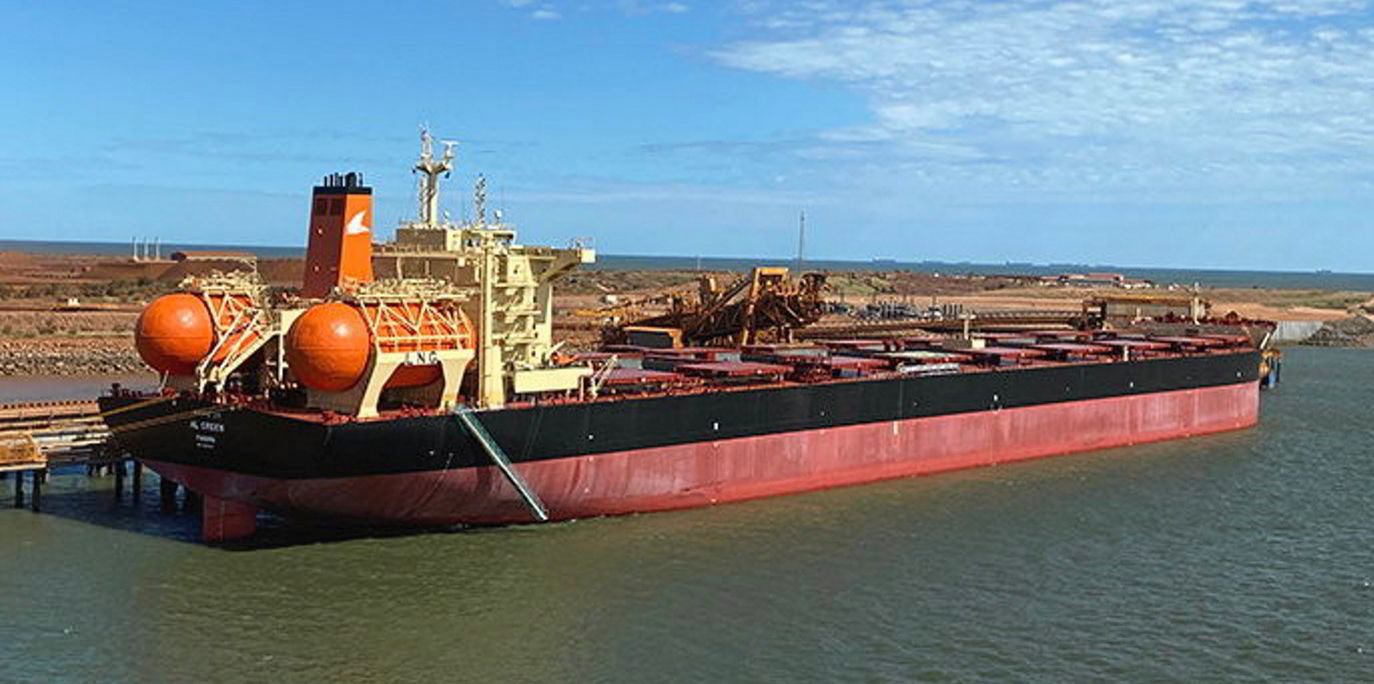Capesize bulker spot rates leapt on Friday amid strong demand and soaring prices for dry commodities, as brokers forecast better times for dry bulk shipping.
The weighted time-charter equivalent average for the segment bounded 20% to $21,131 per day, according to the Baltic Exchange. The Baltic Dry Index also gained to 2,548 points.
"We therefore believe the commodity price rally could signal improved times for dry bulk shipping," Clarksons Platou Securities wrote in its daily report on the sector.
"Most commodities are now surging."
The investment banking arm of shipbroker Clarksons also attributed the buoyant capesize rates to robust iron-ore shipping demand in the Pacific basin that is also lifting the paper market.
Capesize freight-forward agreement (FFA) rates for January stepped up almost 10% on Friday to $19,350 per day, while first quarter FFAs improved more than 10% to $15,900 per day.
"It’s not that many months ago when first-quarter expectations were as low as $8,000 per day," Clarksons Platou said.
"With the first quarter traditionally being the weakest quarter, full-year consensus estimates are now likely to be revised significantly higher."
The coal, iron-ore and grain trifecta
Rates are also getting a boost from rising Chinese coal prices and power shortages, tight vessel supply and uncertainty over China's plans to use less coal for 2030 and 2060 carbon-reduction goals, Clarksons Platou noted.
Rates for capesize forward freight agreement (FFA) for all of next year are trading at $16,400 per day.
Capesize rates are likely to benefit further from China's recent decision to reject Australian coal by prompting the huge country to get the fossil fuel from farther-away US and Canada, Clarksons Platou added.
Iron-ore prices have hit nearly a nine-year high of $170 per tonne, while coal and grain prices are also on a healthy upward trend.
"The correlation between commodity prices and dry bulk trade growth is very high, at least on annual data, meaning that if commodities prices remain high, there will be a clear production and exports response which drive trade higher," Clarksons said.
"With regards to grain, despite some recent supply fears, a seasonal upswing in exports from South America in March is bound to support the market as well, in our view."






